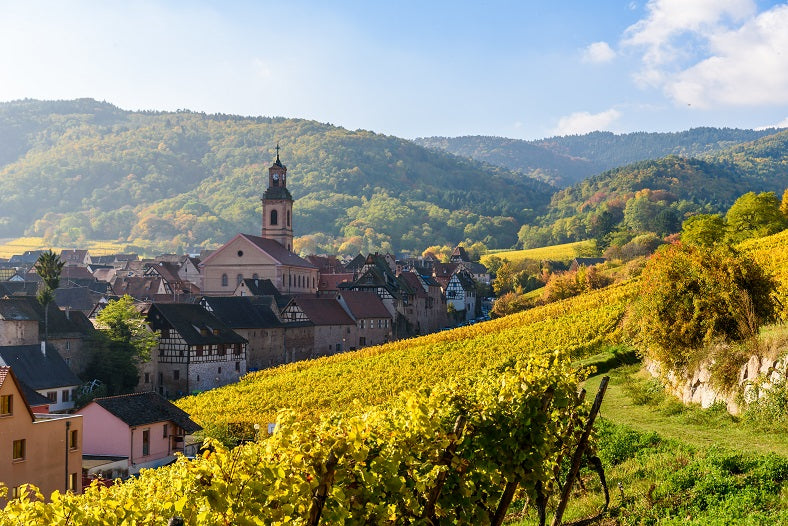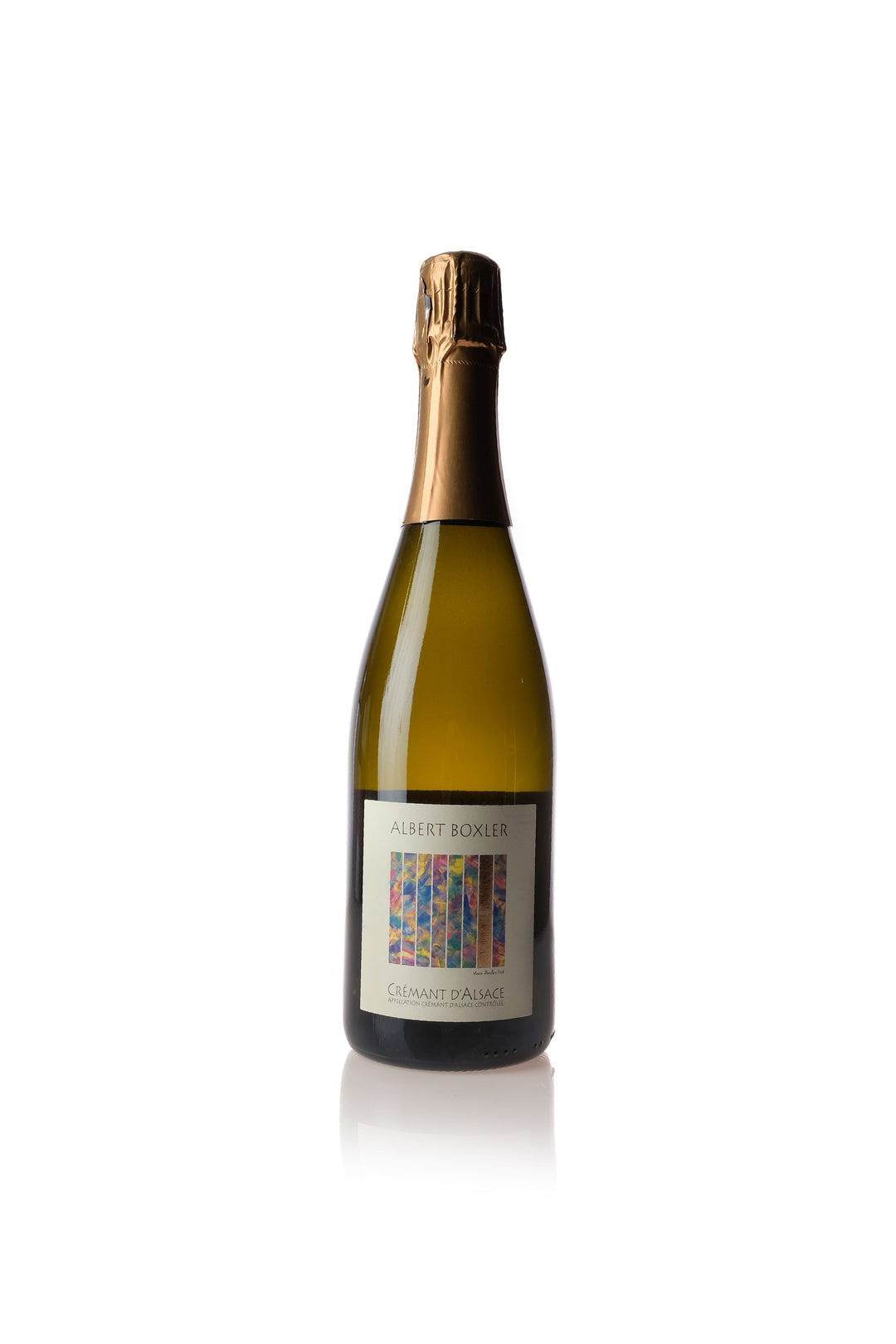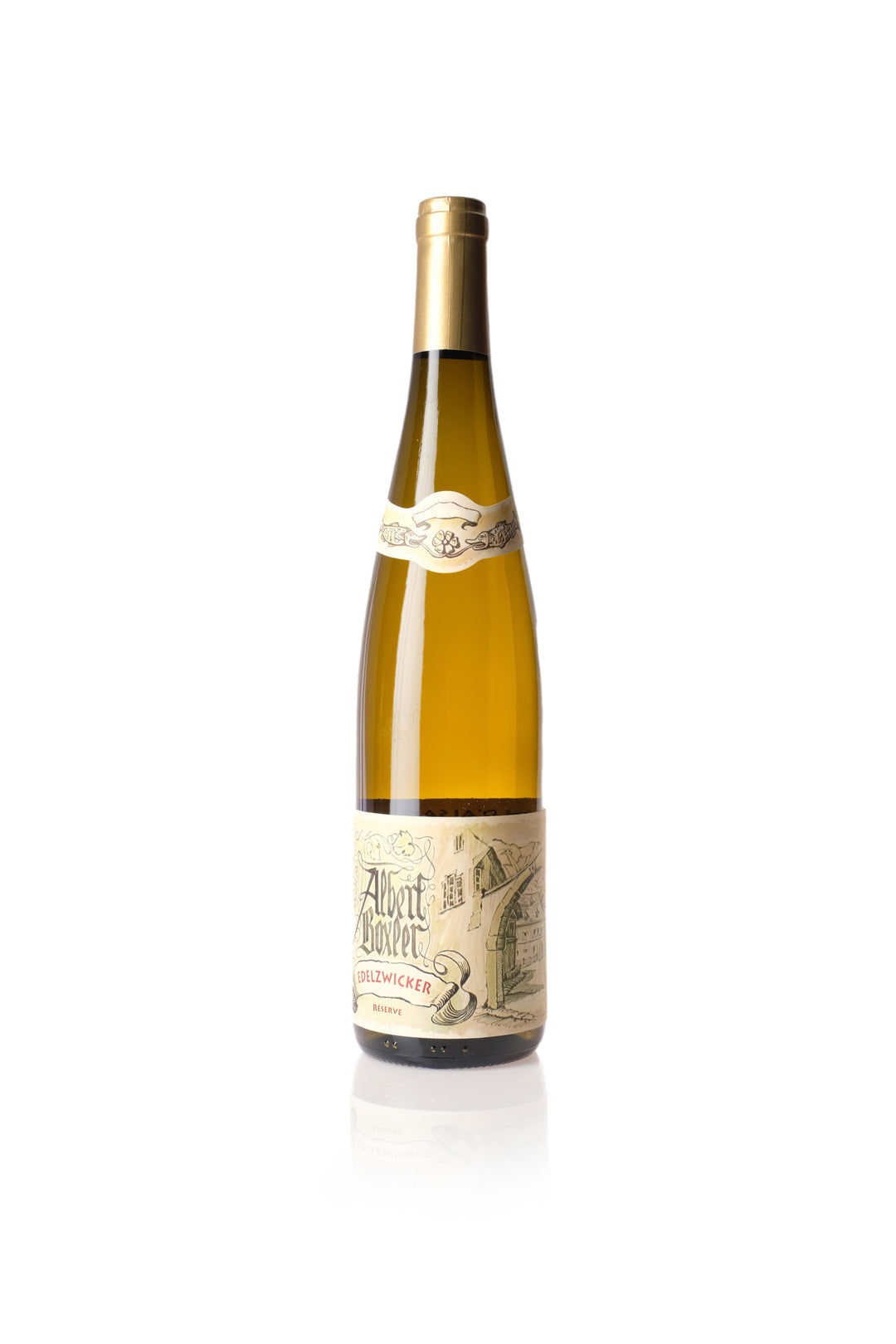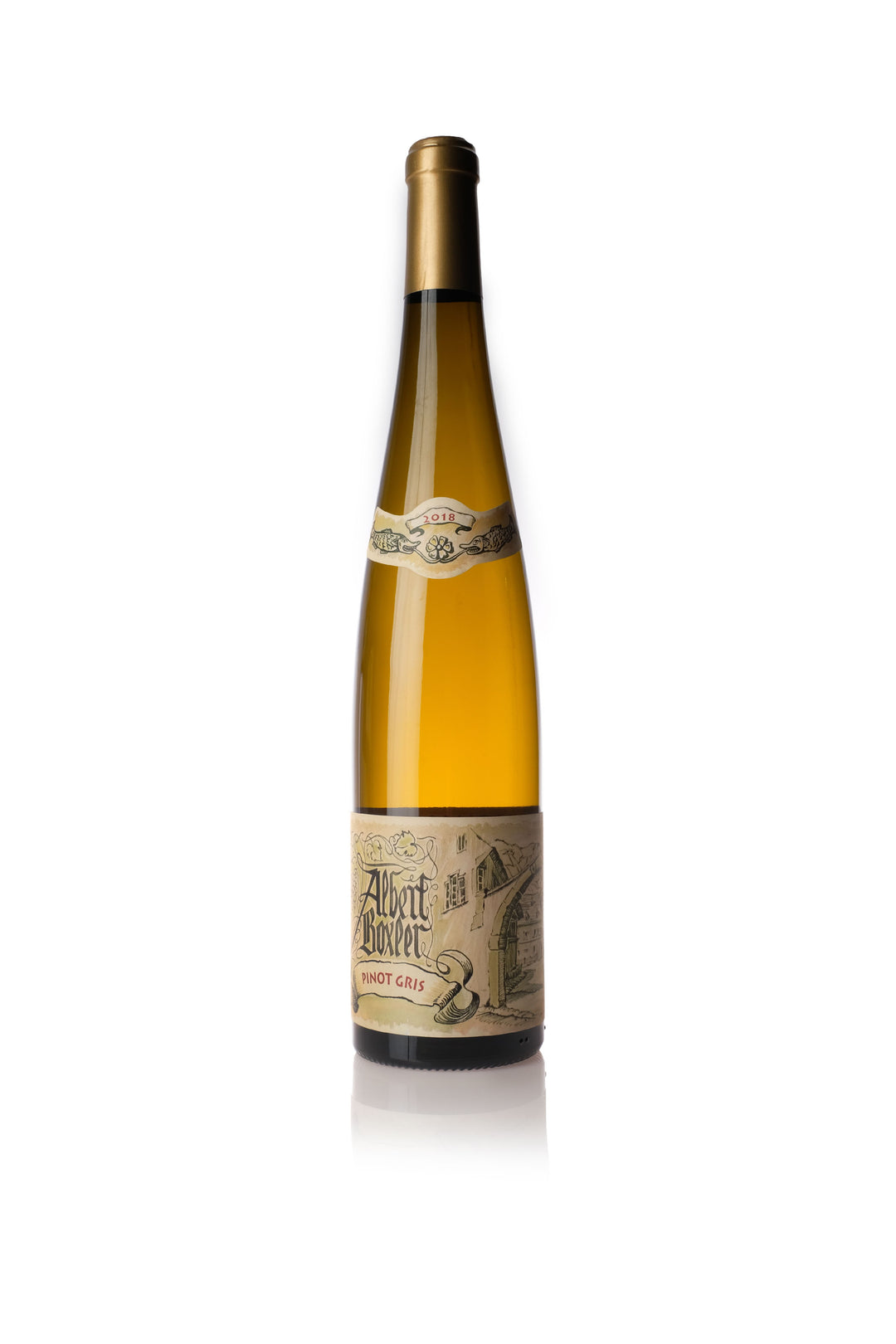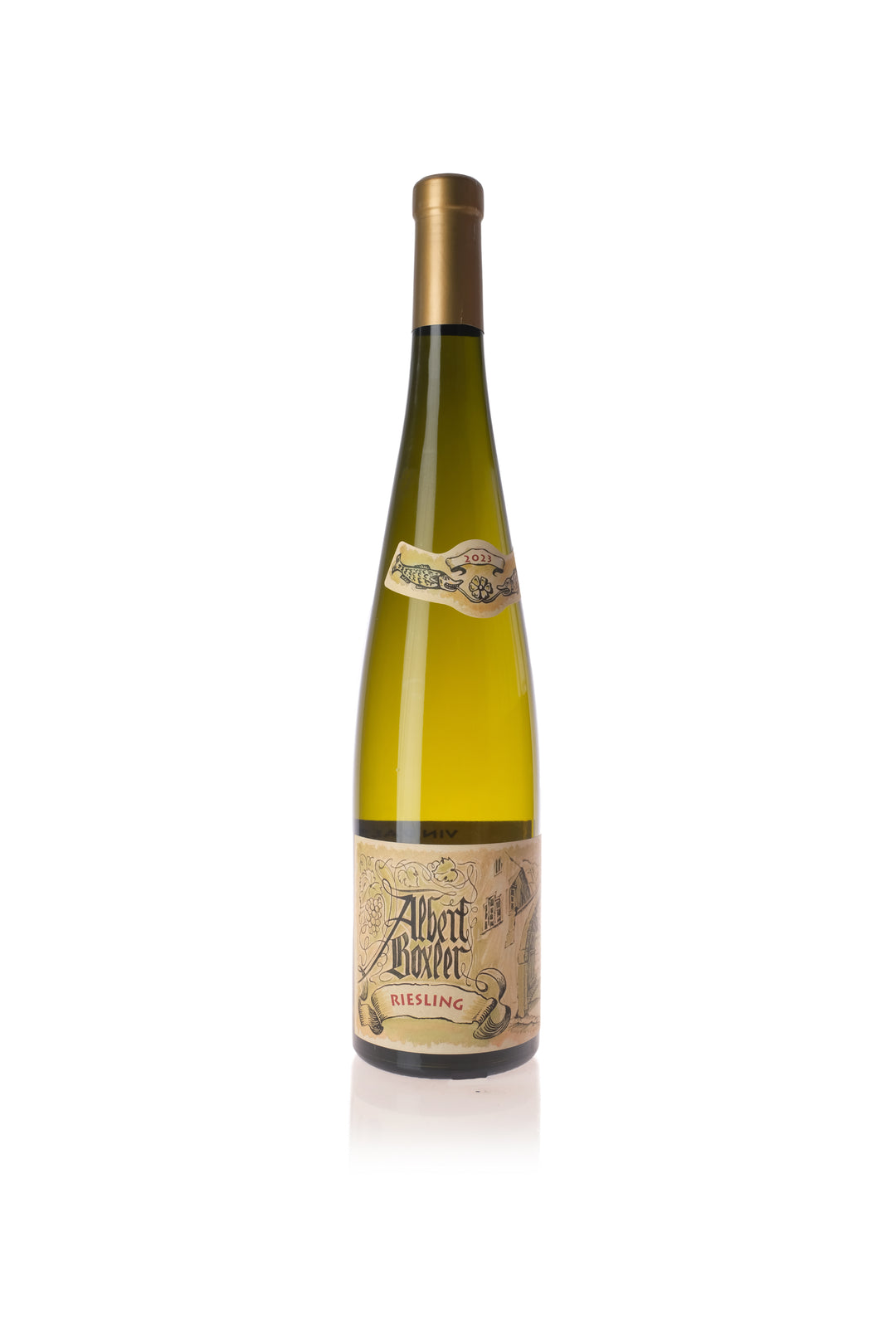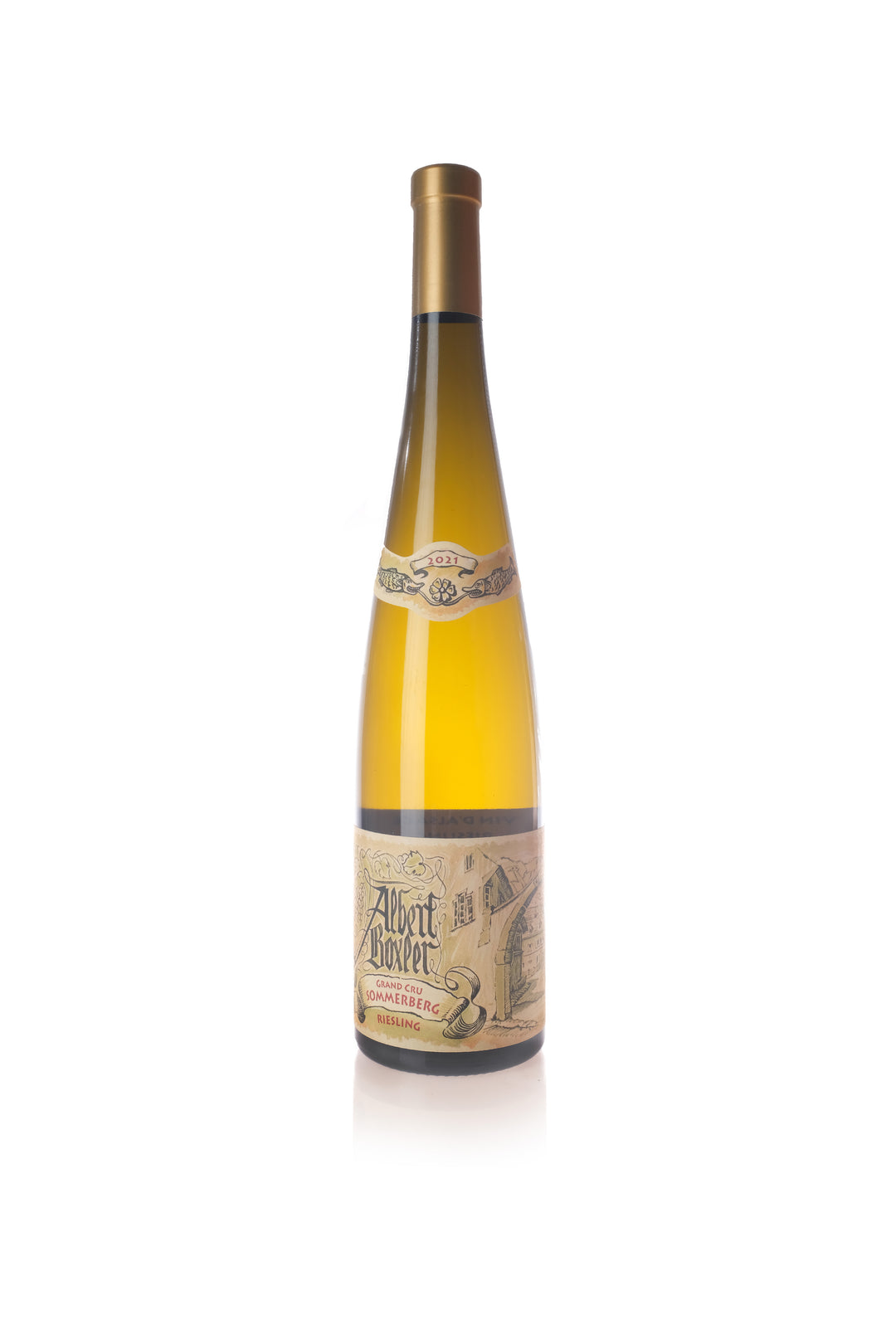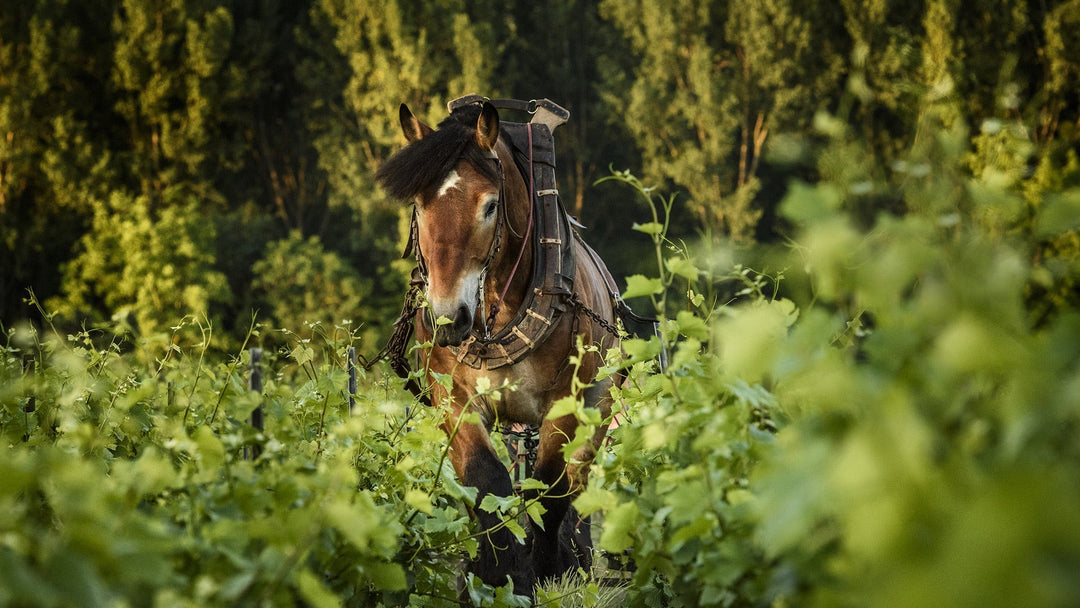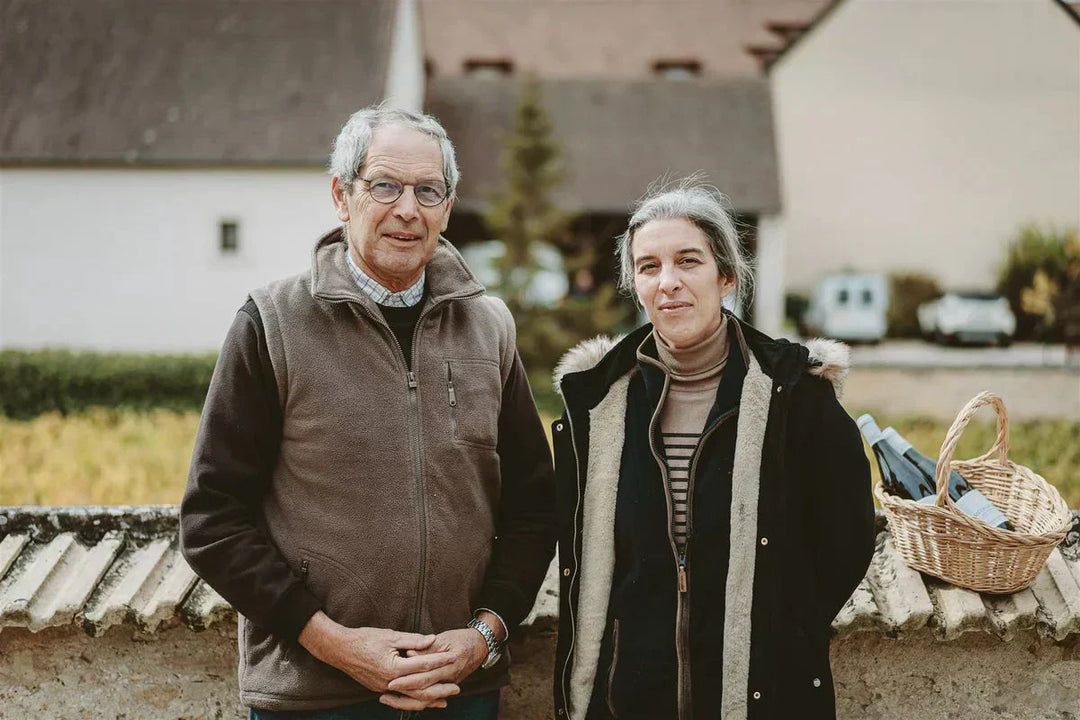ALBERT BOXLER
The granite hillside of Sommerberg is the defining feature of the 14 hectares that Domaine Albert Boxler holds. And much like that ancient granite, the Boxlers have been in Niedermorschwihr for a very long time. The ‘original’ Jean Boxler settled in the current department of Haut-Rhin that hosts Niedermorschwihr in the late 15th century. The patriarch Boxler migrated from Switzerland in 1672, bringing with him Swiss varieties and farming techniques, and began selling grapes and barrels of wine to negociants and local vendors. Like much of medieval life in Europe, not much changed for centuries.
It was in 1946, when the current namesake for the Domaine Albert Boxler returned to Alsace after spending the war in Montana. While accounts of this time in the states are few and far between, it makes one wonder what he saw and did. One thing that is clear is that the rugged, American individualism of the west inspired something in him. Immediately after his return, Albert started bottling his own grapes under his own name for the first time in history.
A family run enterprise preserves values like traits are preserved in DNA. The spirit of Jean Boxler echoes through the centuries and resonated with Albert who saw the same potential in his bottlings as Jean did in his vines. Coming full circle, the current Jean Boxler runs operations and has rediscovered the beauty of the Alsatian soil. Implementing an organic and low-intervention agricultural philosophy, the Boxler wines, whose aromatic, yet powerful profiles are unlike many we’ve come across, have never been better.
Grower-producers, grower-vignerons, vine-to-bottle winemakers, however you want to characterize them, are our favorite people. The steward that sees the whole process through is like a priest of our church: they are the interpreter of the word-of-the-land and they must make sure it is properly understood and presented to the people. In this respect Boxler is a bishop or archbishop or perhaps the pope! In short he is a leader and paragon in the practice.
The borderline dogmatic system of grape and vineyard coding is case in point of support for our church metaphor!
- 10's is Sylvaner
- 20's is Pinot Blanc
- 30's is Riesling
- 40's is Muscat
- 50's is Pinot Gris
- 60's is Gewurztraminer
In addition, the various vineyards have their designation:
- 1 is Grand Cru Sommerberg
- B and 2 are Grand Cru Brand
- D is Duttenstein, a part of Grand Cru Sommerberg
- E is Eckberg, a part of Grand Cru Sommerberg
- JV betyder Jeunes vignes, young vines
- K is Kirchberg, a part of Grand Cru Brand
So a wine labeled L55E would be a Pinot Gris from the Eckberg section of the Grand Cru Sommerberg.
Each grape and vineyard is a node in a matrix ready for personal interpretation facilitated by precision. That sentiment underlies much of our philosophy of appreciation: precision in personal taste fueled by tradition, simplicity and an organizational style that funnels each action toward excellence. This is why we love Albert Boxler.
These wines are great fall sippers! Crushing a chicken pot pie recently had me thinking about a Boxler Chasselas to pair. It’s the season for butter, pastry, roasted vegetables and convivial fare. Alsace, Switzerland and the Germanic-leaning regions of the Voges to the Black Forest pioneered this type of food, so why not pair the best of Alsace with your fall table!


